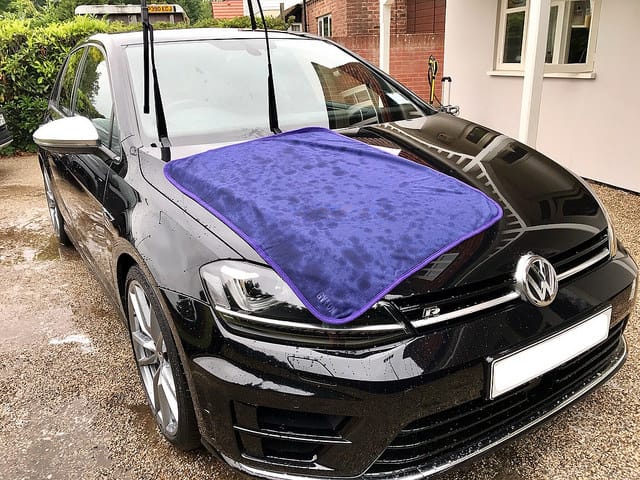Car wax is a product used to protect the paint on your vehicle from the elements. It is a mixture of waxes and oils that form a protective coating over the paint. The wax helps to protect the paint from the effects of UV rays, road grime, and other environmental pollutants.
Car wax is also used to give your vehicle a glossy, shiny finish.
Car wax comes in a variety of formulas, each designed for a specific purpose. However, to be effective, the wax must be applied carefully and properly. From using a dirty applicator to applying too much wax, there are some common mistakes to be aware of. Keep reading to find out the most common mistakes to avoid when waxing your car.
Applying and Buffing in Direct Sunlight

Applying and buffing in direct sunlight is one of the most common mistakes to avoid when waxing your car. Waxing in direct sunlight can cause the wax to dry too quickly, leaving streaks and smudges on the car's surface. Applying wax in direct sunlight can also cause it to be unevenly distributed, leaving some areas with too much wax and other areas with not enough. This can cause the wax to be less effective in protecting the car from the sun's damaging UV rays, as it will be unevenly distributed.
Additionally, the heat from the sun can cause the wax to become too soft, preventing it from forming a good bond with the paint finish and making it easier for dirt and debris to stick to the car. It is important to wax your car in the shade or under a covered area.
Failing to Dry off the Car Completely

Failing to dry off the car completely is another common mistake people make when waxing their car. When car wax is applied to a wet surface, it won't adhere properly and will simply slide off. Waxing a car that is dripping wet can also create an uneven coat, leaving some areas with insufficient protection. To avoid this mistake, be sure to dry the car off completely with a soft microfiber cloth to remove any water droplets or moisture. This will ensure that the wax can adhere properly and provide the desired protection.
Using a Dirty Applicator
A dirty applicator, such as a sponge, towel, or even a bare hand, can leave behind dirt, dust, and residue that can scratch the paint of the car and cause damage. This dirt and debris can create a barrier between the paint and the wax, preventing the wax from properly adhering to the surface. This can lead to a dull, streaky finish, making the car look worse than it did before waxing. Additionally, dirt and dust particles can become trapped in the wax, creating a sandpaper-like surface that can leave behind scratches and swirl marks.
To avoid this, always use a clean applicator free of any dirt or debris so that it does not transfer onto the car’s surface. Additionally, if you are using a sponge or towel, make sure to use a new one for each application of wax. This will help ensure that the applicator does not become contaminated with dirt, dust, or other particles that could potentially harm the car’s finish.
Applying a Thick Layer of Wax
While some people believe that a thicker layer of wax will result in better protection, this is actually not true. A thick layer of wax can cause a hazy, streaky finish and can be difficult to remove. Additionally, a thick layer of wax will take much longer to buff and dry and can pool in places, leading to an uneven finish. Instead of applying a thick layer of wax, it is best to use thin, even coats. This will ensure that the wax is evenly distributed and will result in a smooth, glossy finish.
Overall, it is important to avoid common mistakes when waxing your car to ensure a quality shine and protect its paint job. Taking the time to properly prep and apply the wax are key steps that should not be overlooked.






